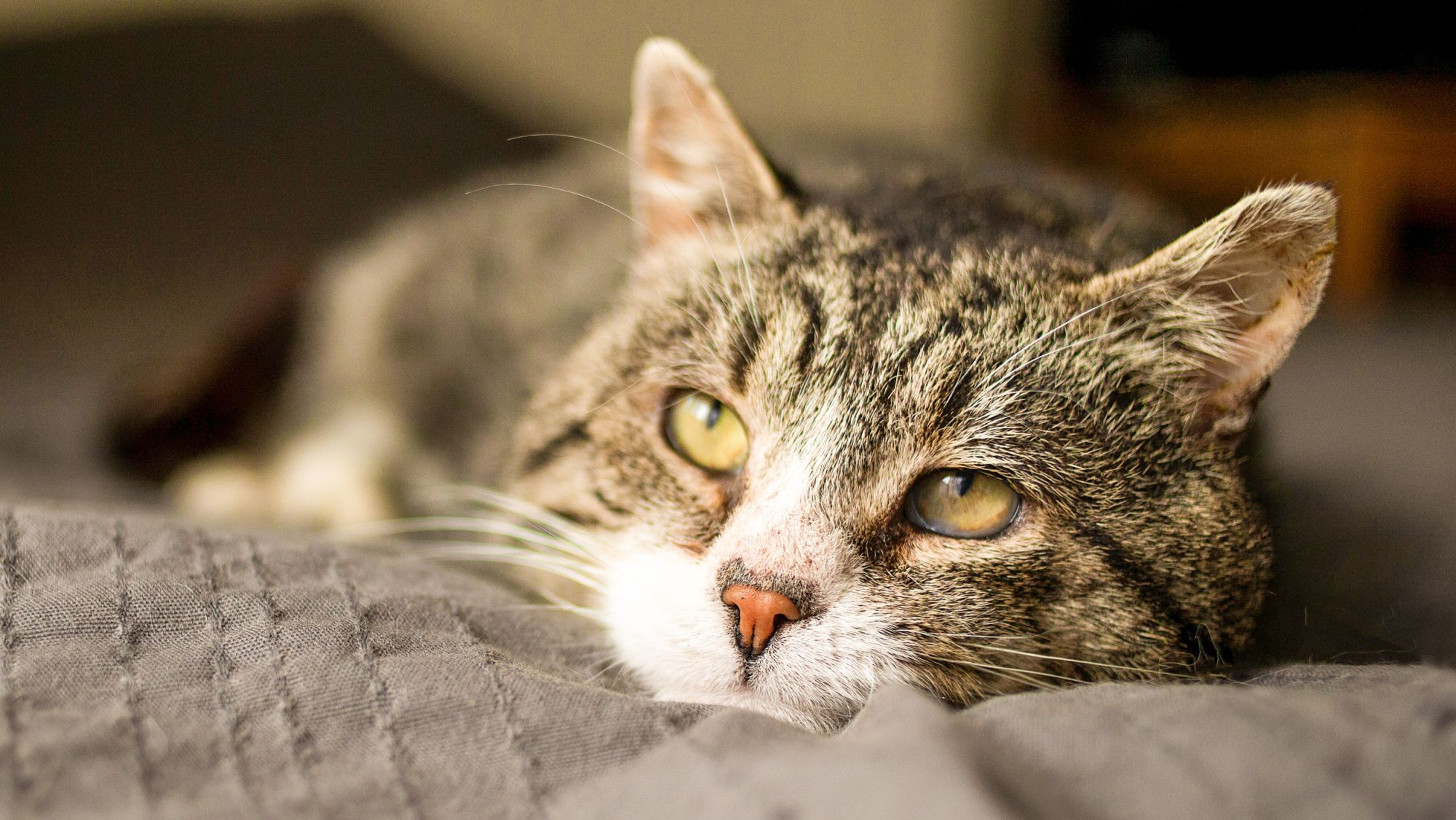Behavioral changes to watch for in mature cats.
Article

Like humans, our pets go through various stages of aging throughout their lives. Housecats begin to exhibit age-related physical changes during ages 7-10 years old – this is considered the cat’s mature phase of life. It is important to understand the aging process and keep a close eye on your cat’s daily habits in order to provide quality care as they age.
Key things to observe include:
- Litterbox behavior – increased or decreased frequency of urination or defecation. Changes in stool quality or increases in urine volume. Difficulty getting into or out of litterbox. Eliminating in locations other than the litterbox.
- Mobility – Keep an eye on your cat's jumping behavior. Do they jump up or down from counters or furniture less readily or make smaller jumps than before?
- Activity level – Sleeping more or playing less could be signs of an issue.
- Grooming Habits & Coat Condition – As cats age, arthritis and other conditions can make grooming some areas more difficult, and pain can result in overgrooming of other areas. Changes in the coat condition could be a sign of an issue.
- Changes in appetite – Increased or decreased appetite can be a subtle sign of age-related disease.
- Increased or decreased body weight – Unplanned weight loss can be an early sign of illness, whereas weight gain can predispose to conditions like diabetes and osteoarthritis.
References:
2021 AAHA/AAFP Feline Life Stage Guidelines. J Feline Med Surg. 2021 Aug;23(8):NP3. doi: 10.1177/1098612X211024041. Epub 2021 Jun 7. Erratum for: J Feline Med Surg. 2021 Mar;23(3):211-233.
Related Articles
Like & share this page